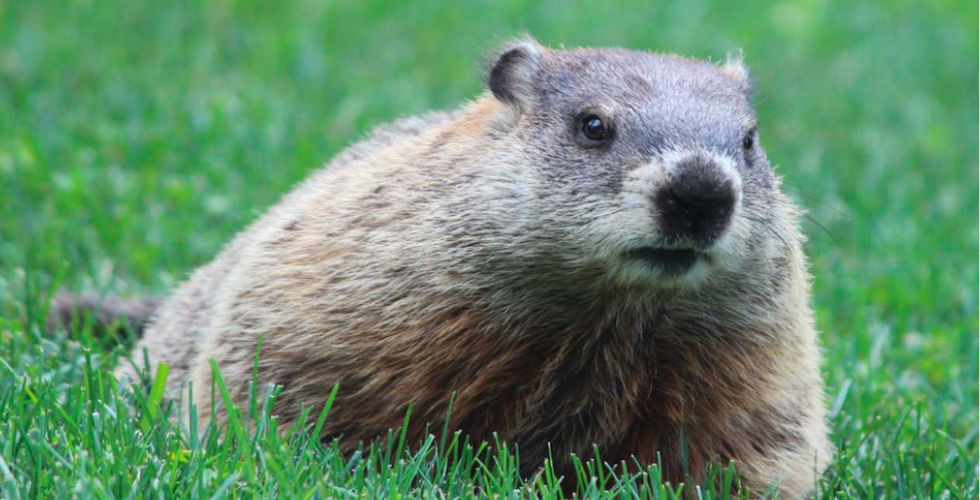
10 Fun Facts about Critters of Iowa
Critters of Iowa is a wildlife pocket guide for children that’s informative, concise, and easy to use. Wildlife biologist Alex Troutman introduces some of the wonderful critters found in Iowa. The book includes 22 mammals, 25 birds, and 17 reptiles and amphibians. Each species is showcased with a professional-quality photograph, along with neat facts and information on the animal’s habitat, diet, its predators, how it raises its young, and more. Each species has a “Did You Know?” paragraph that provides fascinating trivia. Here are 10 fun facts about Critters of Iowa.
1. Black-capped chickadees have a unique strategy for surviving the winter. The area of the brain that aids in memory (the hippocampus) temporarily gets bigger in preparation for winter. This allows them to remember where they have hidden or cached seeds.
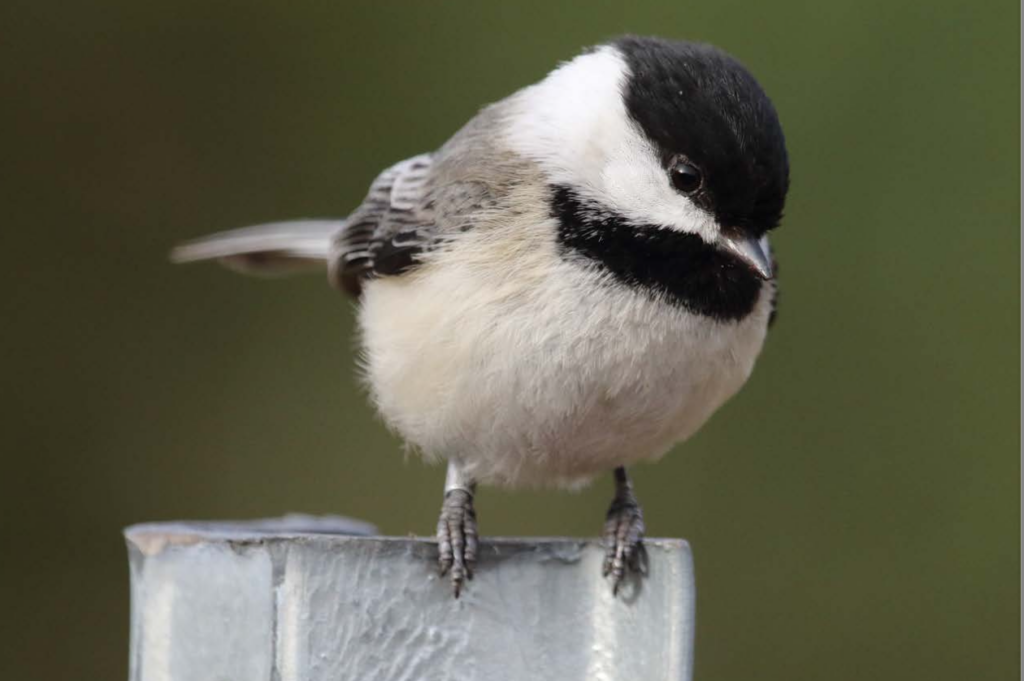
2. The American mink have webbed feet, like otters. Although they usually dive and swim short distances, mink can dive over 13 feet deep and swim for over 95 feet underwater, if necessary!
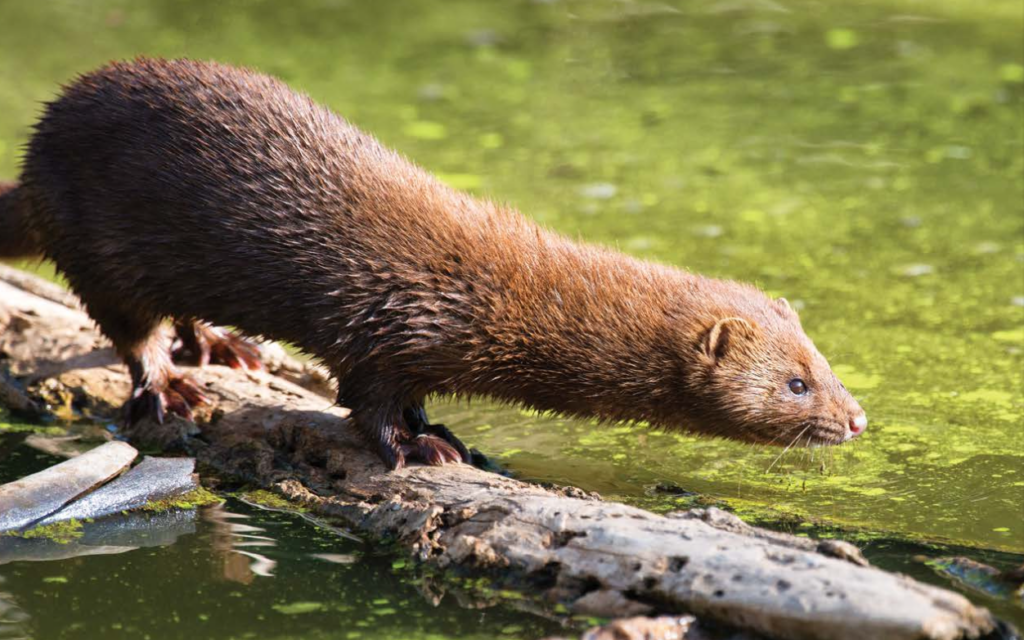
3. The eastern cottontail gets its name from its short, puffy tail that looks like a cotton ball. A cottontail can travel up to 18 miles per hour! Rabbits have great hearing and eyesight. They can almost see all the way around them (360 degrees). On days with high winds, they will bed down in a burrow because the wind interferes with their ability to hear and detect predators.
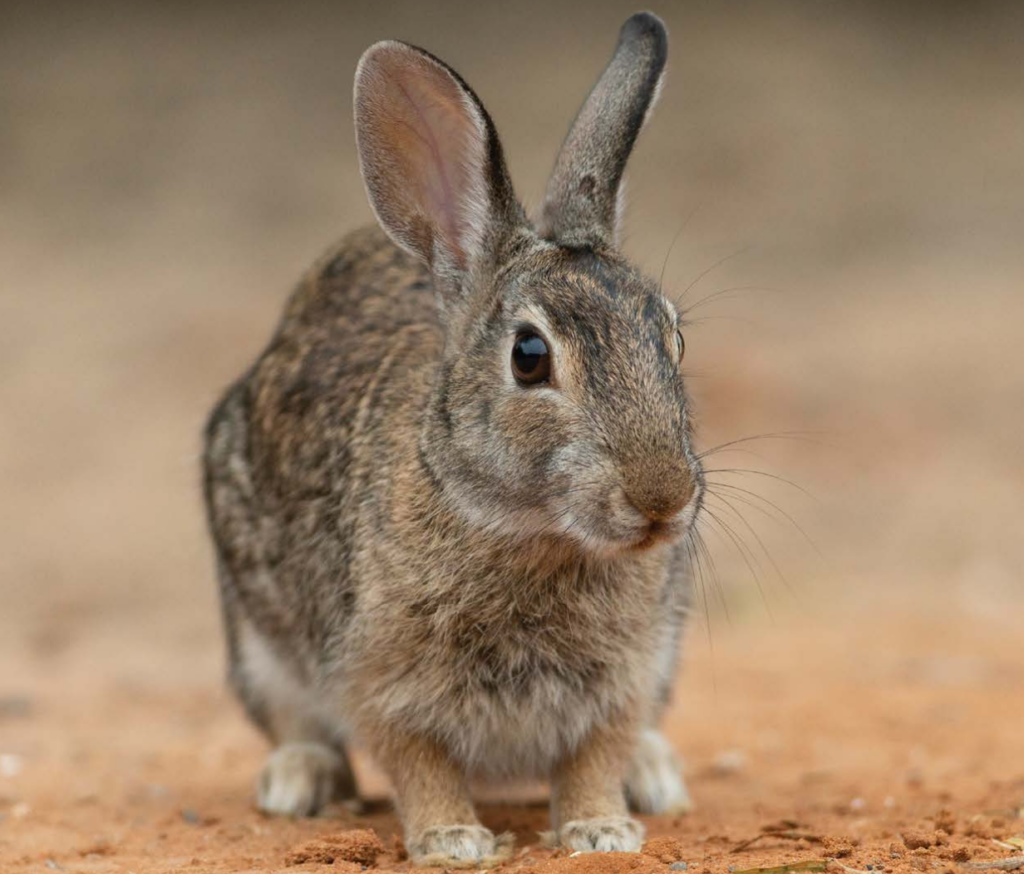
4. Cardinals are very territorial. A cardinal will sometimes attack its own reflection, thinking that another cardinal has entered its territory. The early bird gets the worm, and cardinals are some of the first birds active in the morning.
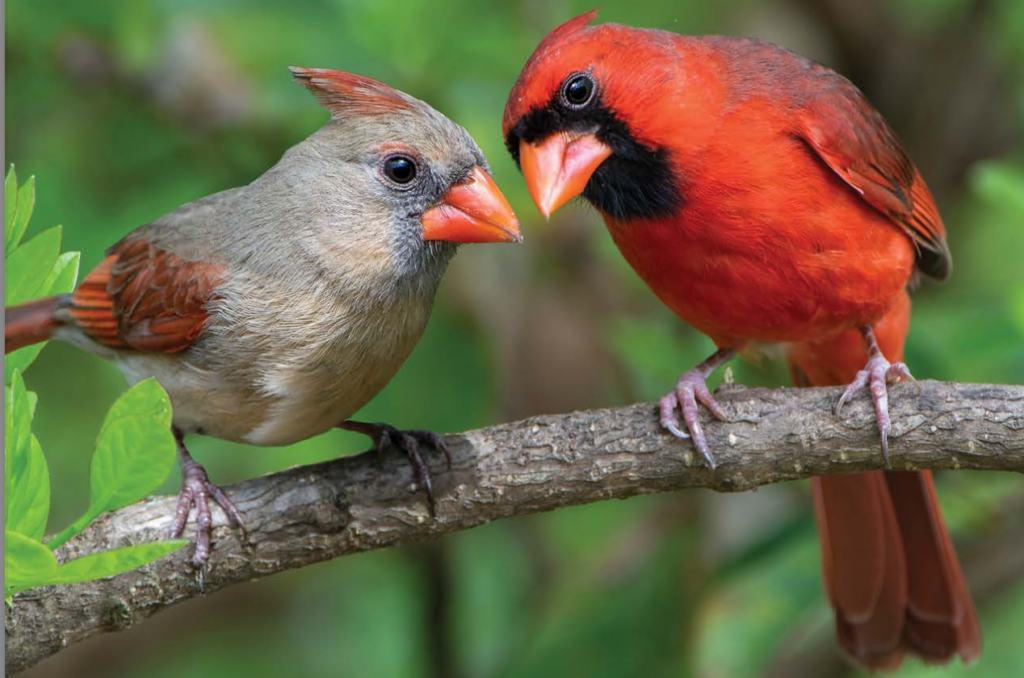
5. Muskrats are well adapted for the aquatic (water) environment they live in; they can hold their breath for over 10 minutes, and they can even swim backwards! Their fur also helps them float and move through the water.
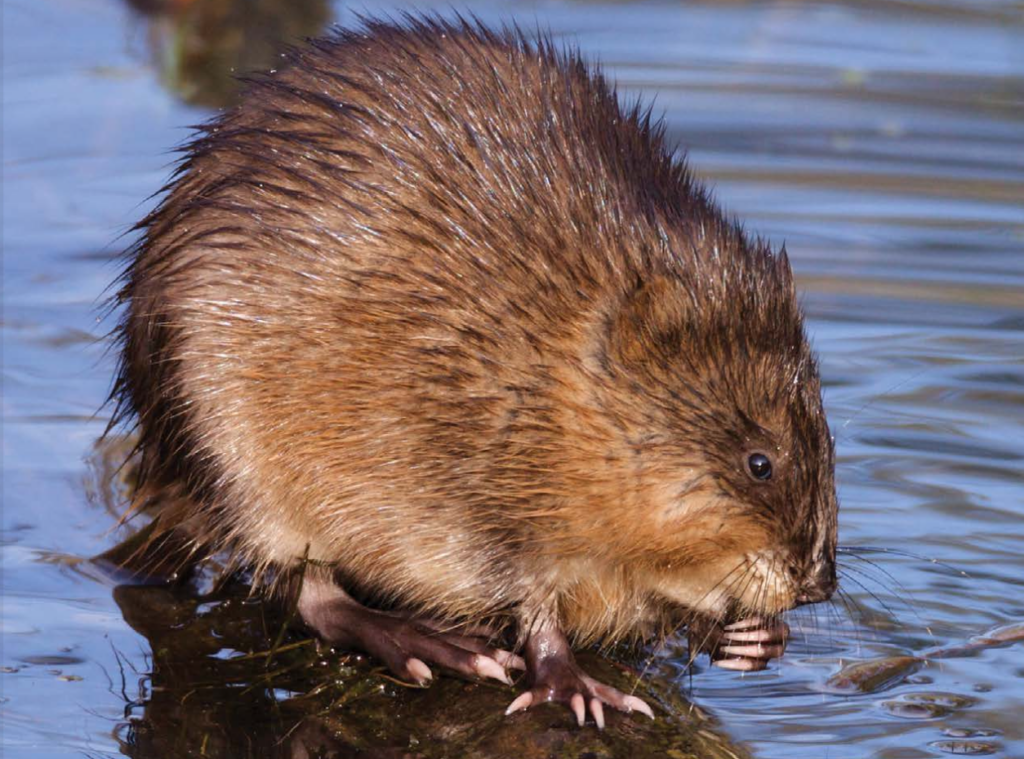
6. The red fox is a great jumper and can leap over 13 feet in one bound. Red foxes are also fast, as they can run up to 30 miles per hour. Red foxes, like wild cats, will hide their food to eat later, often under leaf litter or in holes.
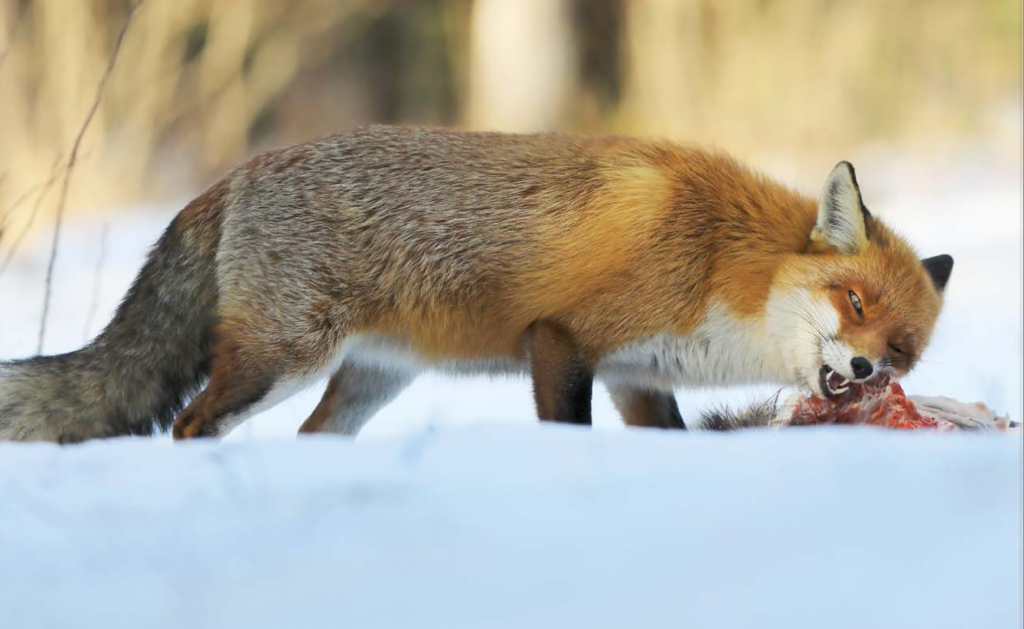
7. White-tailed jackrabbits are hares, not rabbits. The difference is that rabbits are born without fur and are smaller, while hares are larger and born with fur. Jackrabbits have powerful legs that allow them to reach speeds over 35 miles per hour and leap more than 10 feet.
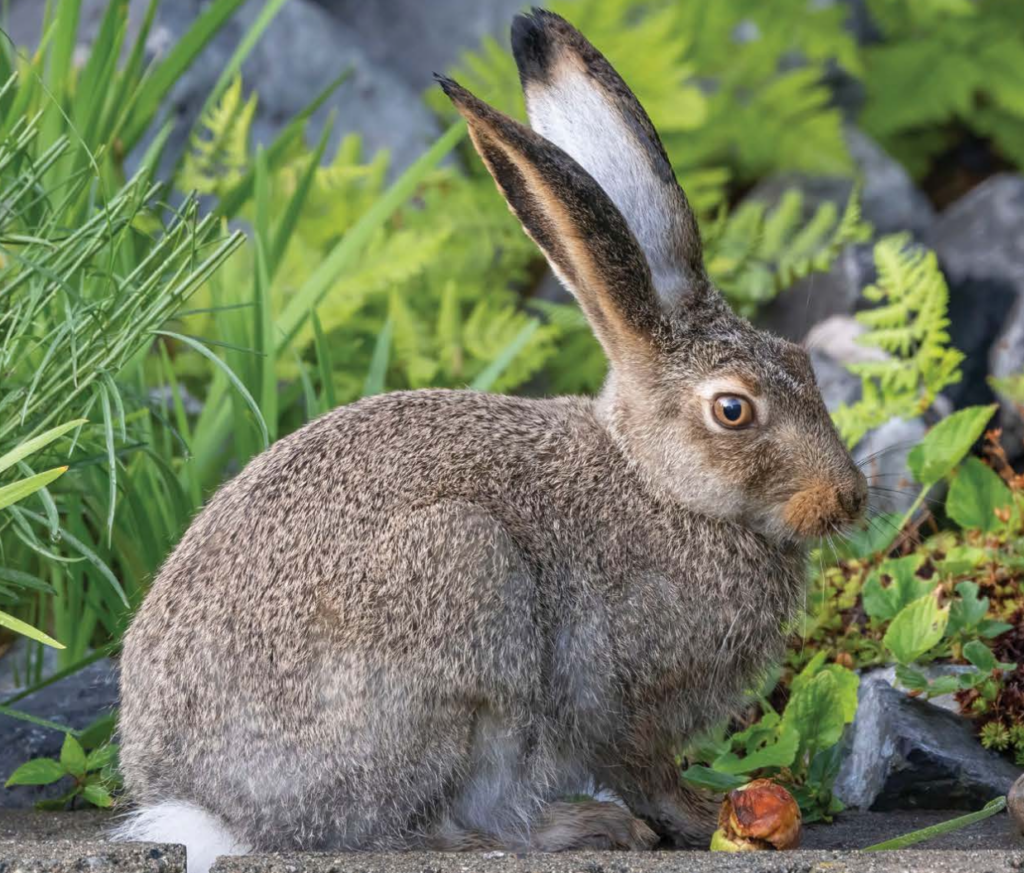
8. American robins have a great sense of hearing. They hunt for earthworms underground using only their hearing. Robins are opportunistic feeders in urban (city) areas; they will wait for lawns to be disturbed by mowers, sprinklers, or rain, and then feed on the worms that have emerged.
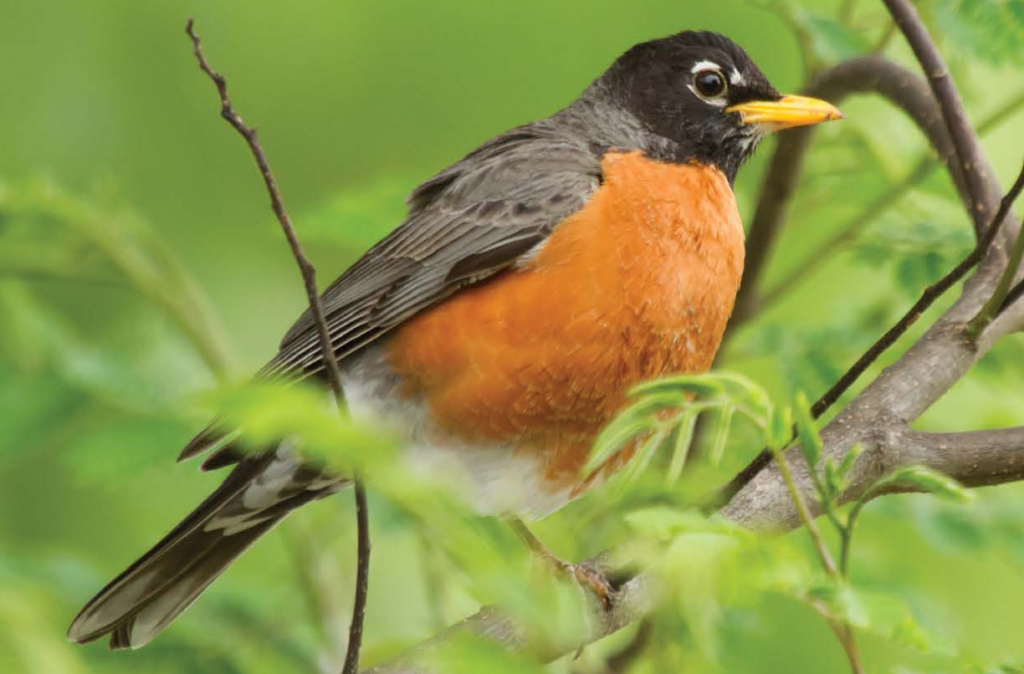
9. The sandhill crane is the most abundant crane species in the world. They are not afraid to defend themselves when threatened. They will use their feet and bill to ward off predators, often stabbing attackers with their bill. Sometimes sandhill cranes will travel 500 miles in one day to find food.
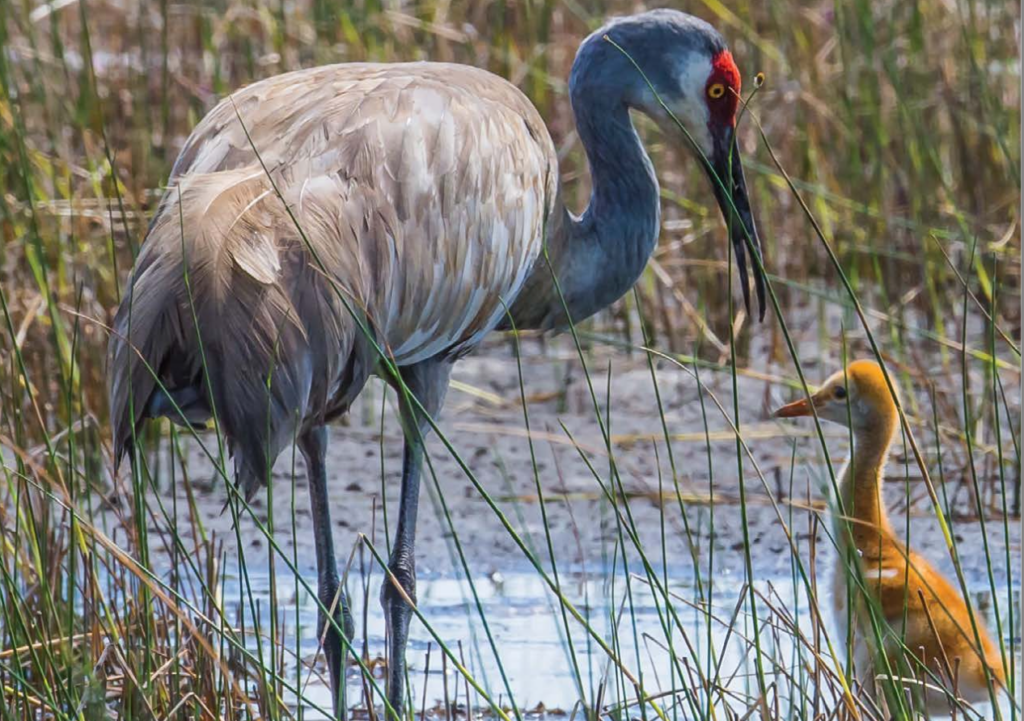
10. Spring peepers get their name because their chirp call usually coordinates with the beginning of spring. They are able to prevent their blood from freezing during the winter due to an adaptation in their blood that acts like antifreeze. Spring peepers’ calls or chirps can be heard over a mile away!
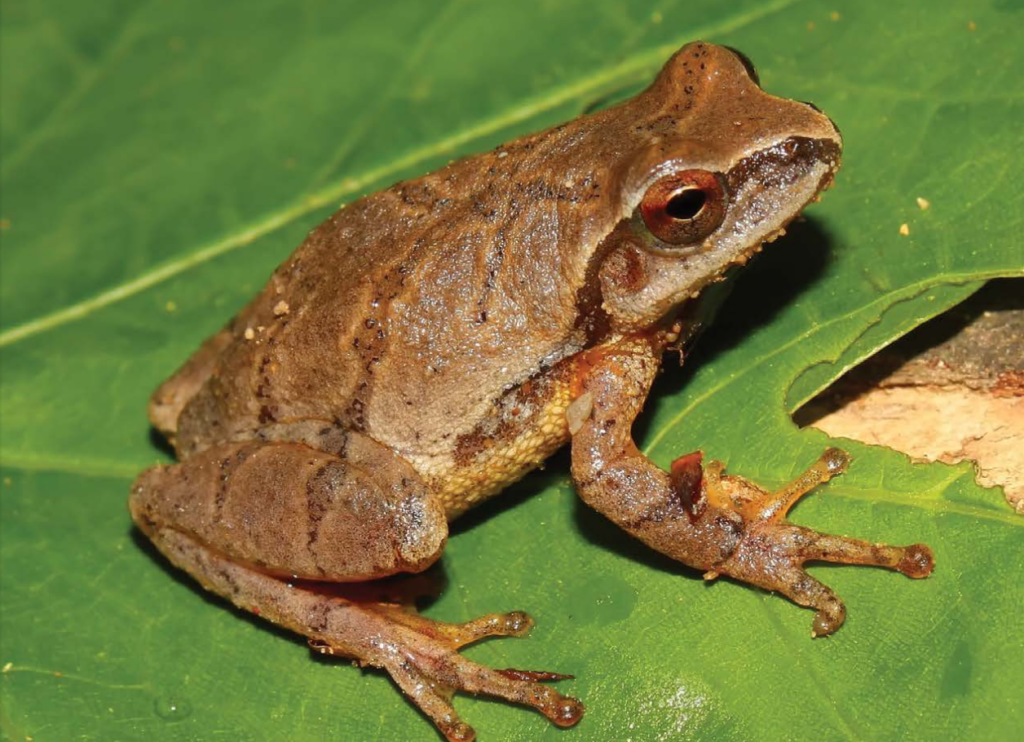
If you enjoyed this post, sign up for our newsletter. Order your copy of the book HERE. #bewellbeoutdoors


